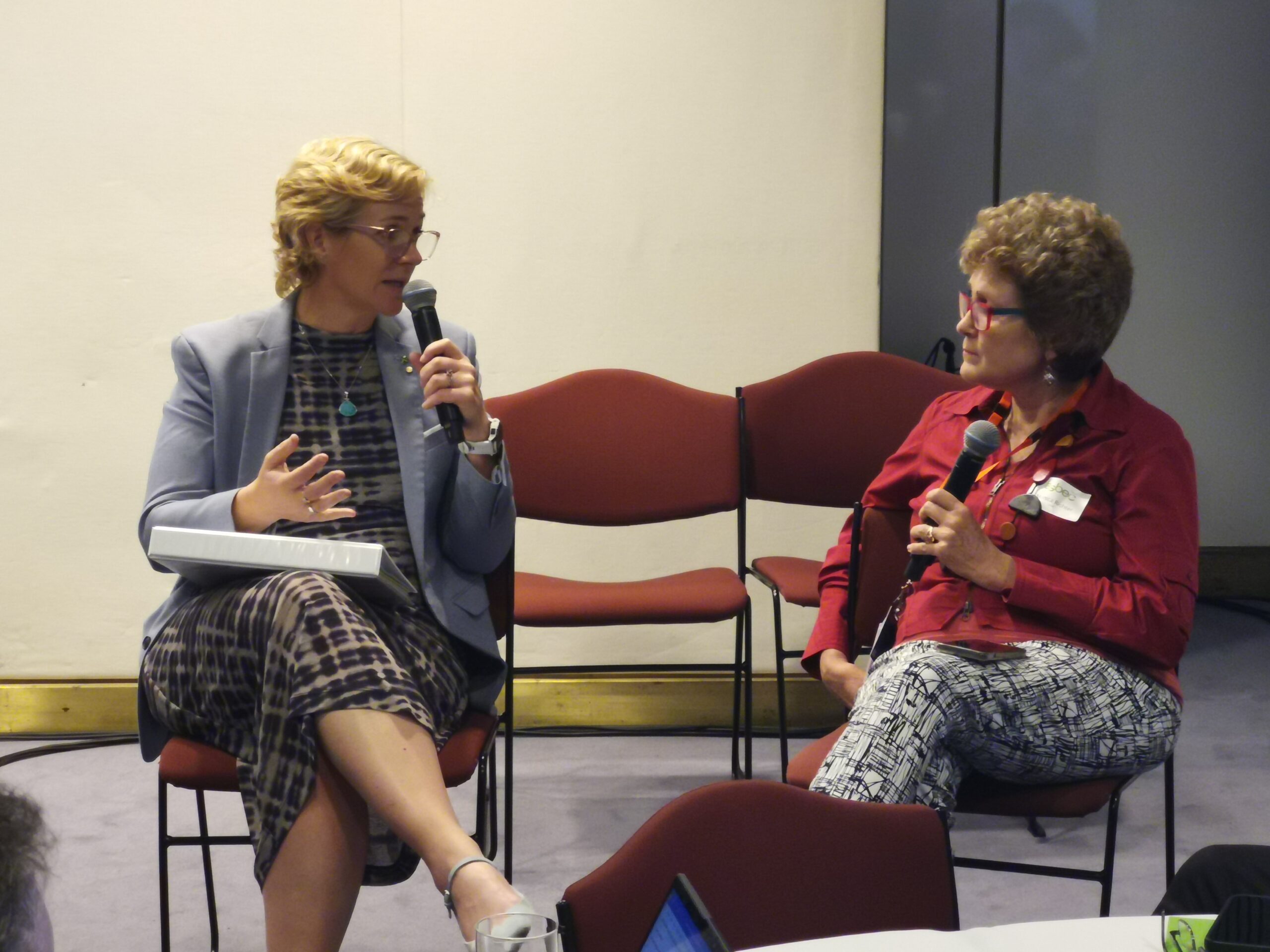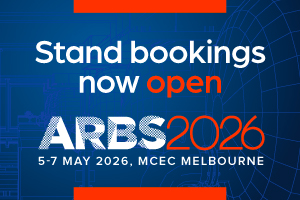Built environment leaders bring sustainable thinking to Parliament House
AIRAH’s Nick Johns-Wickberg shares his experience of attending last week’s ASBEC council meeting in Canberra.

The Australian Sustainable Built Environment Council (ASBEC) unites a diverse collection of construction industry peak bodies ranging from steel manufacturers and town planners to Passivhaus experts and building accreditors. AIRAH has been a voting member of ASBEC since 2011.
ASBEC’s great strength is the diversity of its membership base. When these organisations get together, they can cover sustainable construction from many angles.
United, this collective provides an influential voice for engaging with decision-makers on issues such as decarbonisation, electrification and resilience in the buildings where we live and work.
On a chaotic Thursday in Canberra, ASBEC representatives gathered in Parliament House for a day of discussions that could mould the future of our sector.
Refrigerants on the agenda
Adaptation is a word that often gets thrown about in discussions on climate change, but the ASBEC meeting put an entirely different twist on the term.
With flights into Canberra delayed and politicians’ schedules thrown out by one of the busiest parliamentary sitting days in recent memory, the carefully planned itinerary was scrapped before the day even started. Adaptation was key.
First to adapt were AIRAH’s own Advocacy and Policy Manager Mark Vender and GBCA Chief Impact Officer Jorge Chapa, who presented much earlier than expected to launch a joint report titled Freeze Frame: Refrigerants as long-term building infrastructure.
The report highlights the large and currently hidden risk posed to buildings by the changing landscape of refrigerants and the HVAC&R systems that use them.
As Vender told the ASBEC crowd, with HVAC&R systems typically replaced every 15–20 years, equipment that relies on refrigerants that will become scarce or expensive in the next five years may not reach end of life. Chapa added to this, pointing out that refrigerant choices can actually shape the entire design of a building, especially when safety considerations are taken into account. Moving from a system that relies on refrigerant pipework running through a building to a central chiller system, for example, would require significant works – and cost.


They highlighted the need to tackle the issue on various fronts, including smarter design choices, better maintenance, more accountability for building owners and managers, and stronger policy and regulation to minimise the environmental impacts of these gases.
While the refrigerant issue isn’t usually a sexy one, the audience was full of questions. In response to a question about the synthetic refrigerant market, Chapa highlighted the need to move beyond factors like global warming potential (GWP) as a measure of a refrigerant’s environmental impact. He noted that some low-GWP synthetic refrigerants break down into PFAS or “forever chemicals”, which can be problematic in different ways.
Other discussion points to emerge from the Q&A included who should be responsible for refrigerant gases at end of life, the current market barriers for HVAC&R systems that use natural refrigerants, and how the refrigerant issue can be reframed to raise awareness.
Read Freeze Frame
You can access the full Freeze Frame report via the GBCA website.
The parliamentary slalom
Zali Steggall was renowned for her speed and agility when she skied her way to Australia’s first ever individual Winter Olympic medal in the slalom at Nagano in 1998. Those attributes were on full display as she weaved her way through an intense day of debate in the House of Representatives and found 15 minutes to speak to the ASBEC Council.
Since unseating former Prime Minister Tony Abbott in 2019, the independent MP for Warringah has become known as a strong advocate for climate action.
Steggall continued on the day’s theme of adaptation, pointing out that mitigation alone isn’t enough to protect Australians against the already-worsening effects of climate change. Instead, she argued that Australia should treat climate adaptation in the same way we treat national defence: by allocating a certain percentage of GDP to funding it.


Pointing out that extreme heat kills more Australians than any other natural disaster – and far more than any national defence-related issues – Steggall suggested dedicating 0.5% of our GDP to a climate adaptation fund. This fund would allow local governments to enact place-based responses without having to rely on a “grant-by-grant” approach to financing projects.
She also raised one of the looming issues facing the built environment: insurability in an age of worsening climate change. In her presentation, she highlighted that around 80% of houses that are at risk of flooding are underinsured or not insured at all.
Steggall noted that, in cases where properties become uninsurable, the government essentially becomes a fallback insurer and bears a huge financial burden. With every dollar spent on adaptation measures shown to save $10 in disaster response, she argued that it’s an upfront investment that makes sense, both financially and from a human perspective.
She vowed to use her platform to continue pushing for action and holding the government to account on climate issues. Then, seemingly as soon as her presentation had begun, she was called back to the House of Representatives for another debate.
The bells of change are ringing
If you’ve never been to Parliament House on a sitting day, nothing can prepare you for the bells.
Whenever MPs or senators are summoned to the floor to debate a particular piece of legislation, a rapid bell sound rings for several minutes through the building’s PA system. It’s not a loud sound – it’s unobtrusive enough for discussions to continue, and those who work in the building seem to be used to it. But as the day goes on, the incessant noise starts to penetrate deeper, like a jackhammer applied directly to the brain.
By all accounts, Thursday was one of the busiest bell days in recent memory. At their peak they were ringing every few minutes, bringing with them an indescribable feeling of anxiety and discomfort.
In a way, it’s the perfect metaphor for climate change. The alarm bells are ringing, and for those who are listening, they’re getting louder.
But, as one speaker mentioned during the meeting, perhaps there’s another way of thinking about the bells. They don’t just symbolise danger; they also represent change and the direct route to power. And they’re within earshot.
Just by being in the room, ASBEC members are taking steps towards a more sustainable, adaptable and resilient built environment.
PREV
NEXT
Comments
Advertisements
Recent news
- 2025 AIRAH National Awards: Ellis Air wins Excellence in HVAC – Best New Project
- AIRAH announces first round of speakers for HVAC26
- Daikin opens new Australian manufacturing facility
Latest events
- 2025 AIRAH National Awards: Ellis Air wins Excellence in HVAC – Best New Project
- AIRAH announces first round of speakers for HVAC26
- Melbourne School of Design to host ASA2025 conference
 Nick Johns-Wickberg
Nick Johns-Wickberg

Leave a Reply